Packaging Recycling Nonwoven Spandex 13-11-2021 - Arhive
Packaging Recycling Nonwoven Spandex
-ALPLA commissions Mexican plant
New facility will produce recycled-content HPDE plastic.
Austria-based packaging producer ALPLA Group says it has opened its new plant for high-density polyethylene (HDPE) plastic recycling in Toluca, Mexico. That project was announced in September of last year.
In Toluca, ALPLA invited guests including the Austrian ambassador to Mexico, Elisabeth Kehrer, and the governor of the State of México, Alfredo del Mazo Maza. The company says it took a little more than one year to build the plant, which entailed an investment of €20 million ($22.9 million).
The facility has been designed to produce up to 15,000 metric tons annually of recycled-content HDPE (rHDPE) in pellet form, but a planned expansion project could lift that capacity to 30,000 metric tons annually starting in the second half of 2022.
This recycled-content granules will be used to produce non-food packaging such as for personal care and household cleaning products. “The demand for recycling material is so high in Mexico and Central America that the majority of the output will be used regionally,” states ALPLA.
“We are delighted to be playing an important part in implementing a circular economy locally in Mexico with this new site,” says Georg Lässer, ALPLA’s head of corporate recycling. “In taking this action, we are giving used plastic bottles value and are also promoting plastics collection and the development of the necessary regional infrastructure.’
Comments Carlos Torres, ALPLA’s regional manager for Mexico, Central America and the Caribbean, “We are seeing increasing momentum in the recycling market, taking one step forward in our commitment to sustainability, and the demand from our customers in the region for post-consumer recycled materials is rising. This is enabling us to already initiate an increase in our production of rHDPE in Toluca.”
ALPLA already produces recycled-content polyethylene terephthalate (PET) in Mexico. Its first bottle-to-bottle recycling plant in Latin America, Industria Mexicana de Reciclaje (IMER), went into operation back in 2005. IMER is a joint venture between ALPLA México, Coca-Cola México and Coca-Cola Femsa.
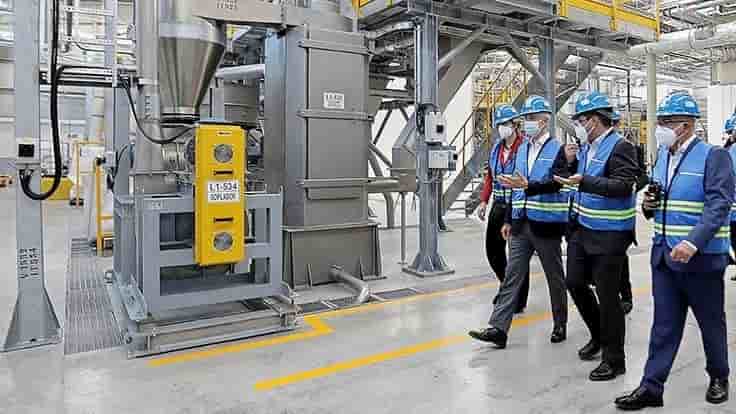
Portfolio of hydrophilic PU foams and hydroactive nonwovens with sustainability credentials.
Freudenberg Performance Materials will showcase its multi-layer material compositions of hydrophilic PU foams and hydroactive nonwovens for sustainable woundcare at Compamed in Düsseldorf from November 15-18 2021.
The Eco-Check label endorses particularly sustainable solutions for the design of wound plasters which use bio-based raw materials, allowing biodegradation in an industrial composting setting after the product has been used.
M 1701 for traditional woundcare plasters comprises 100% polylactid acid derived from natural resources and offers good woundcare characteristics, while M 1714 has superior absorption for more challenging wounds and consists of a mix of bio-based fibres. With a smooth wound contact layer, M 1714 has already been evaluated for industrial compostability and conforms with the ISO 13432 standard.
In addition, Freudenberg’s silicone coated foams with patent-protected technology have a number of improved features. Reducing the number of process steps in wound dressing manufacturing reduces production complexity, avoiding waste, saving energy and simplifying the supply chain. At the same time, the solution maintains all the advantages of a pure foam dressing without a silicone layer, such as free swelling and prevention of exudate pooling in the wound bed, while eliminating the disadvantages of solutions with standard silicone adhesive layers. From a nursing perspective, advantages include higher flexibility that enables optimal wound bed contouring and the reduced risk of infection due to the prevention of exudate pooling. Packaging Recycling Nonwoven Spandex
The company will also showcase prototypes featuring this technology in the form of a bordered dressing with a silicone adhesive border. The option to select an extra-strong silicone border complements the product’s benefits and enables longer wear times.
Freudenberg is also showcasing an innovative hydrophilic debridement foam that offers the following advantages:
-Use in wound cavities. The foam is soft and flexible throughout, including at the edges. It is ideal for cleaning deep and hard-to-reach wounds.
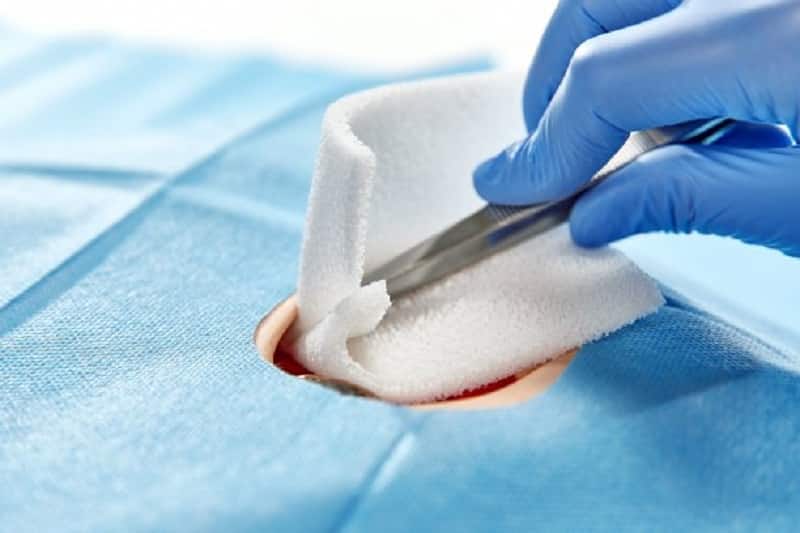
-Danone pushes for sustainable packaging
International food company Danone has confirmed its plans to fully implement the Australasian Recycling Label (ARL) across its entire range of locally made products by the end of 2023.
The company initially started using the ARL at the beginning of 2021 with around 40 per cent of its locally made products now incorporating the recycling label.
In addition to adopting the ARL, Danone is leveraging the Packaging Recyclability Evaluation Portal (PREP), which allows the company to analyse all its packaging for recyclability.
According to Danone, the PREP tool is invaluable in helping its packaging technologists evaluate different kinds of packaging formats and materials. The tool is particularly valuable for new products being brought to market, ensuring packaging materials conform to local recycling standards.Packaging Recycling Nonwoven Spandex
“It’s fantastic to see another ARL program member commit to fully implementing the label across all locally produced packaging,” said CEO of the Australian Packaging Covenant Organisation, Brooke Donnelly.
“As consumers continue to see the label across more and more household brands, their confidence will only grow in making environmentally-friendly purchasing decisions. Helping consumers to recycle correctly and more often is a core tenet of achieving both the 2025 National Packaging Targets and the development of a true circular economy for packaging in Australia. Seeing the label across all Danone packaging will no doubt encourage others in the industry to join the growing number of members helping Australians to recycle correctly.”
“Danone’s global commitment to circularity is deeply embedded in how we approach our packaging design for our products manufactured in Australia and New Zealand,” said Danone ANZ managing director, Rodrigo Lima.
“By 2025, one hundred percent of our packaging will be either recyclable, reusable or compostable. The rollout of the ARL is an important dimension of this broader commitment as it provides full transparency for our customers, consumers and other stakeholders.”
Danone’s commitment to society and the environment sits at the very heart of the company in accordance with its status as an Entreprise à Mission, which under French law uniquely embeds Danone’s purpose into its by-laws.
In addition, Danone is pursuing B Corp certification for all business entities globally by 2025, demonstrating the highest level of commitment to environmental protection, social progress and governance.
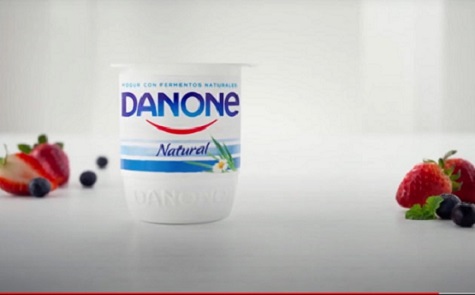
-Select polymers and feedstocks prices decline in two weeks on slow offtake
The prices of select polymers and feedstocks have declined by 2 – 6 per cent in the last two weeks due to undercutting of profit margins by importers and domestic suppliers as demand has eased and shipping strains have started to fade.
Data compiled by Polymerupdate showed the prices of rotomoulding grade linear low density polyethylene (LLDPE) have slumped by 6 per cent since the last week of October to trade currently at $1380 a tonne now, down from $1470 a tonne two weeks ago. Similarly, prices of polyvinyl chloride (PVC) and styrene have softened by 5 per cent each to trade at $2000 a tonne and $1270 a tonne from the level of $2100 a tonne and $1330 a tonne respectively from two weeks earlier. Ethylene, propylene and other feedstocks have also weakened in the Indian markets since the last week of October. Other rates like polypropylene (PP), high density polyethylene (HDPE) and low density polyethylene (LDPE) have been assessed unchanged in the period under consideration.
| BREATHING SLOW PRICE MOVEMENT OF SELECT POLYMERS AND FEEDSTOCKS IN INDIA ($/TONNE) |
|||
| Particulars | |||
| October 26, 2021 | November 10, 2021 | Variations (%) | |
| LLDPE (Rotomoulding CFR India) | 1470 | 1380 | (-)6 |
| PVC (CFR India) | 2100 | 2000 | (-)5 |
| Styrene (CFR India) | 1330 | 1270 | (-)5 |
| Ethylene (CFR India) | 1120 | 1070 | (-)4 |
| Propylene (CFR India) | 1005 | 965 | (-)4 |
| ABS (Injection South Korea) | 2570 | 2510 | (-)4 |
| PTA (CFR India) | 880 | 860 | (-)2 |
| Source: Polymerupdate
Note: In case the price assessment is not available of the mentioned date, a nearby date is considered |
|||
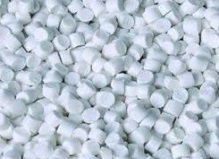
-University of Siena leads research on revolutionary packaging material
Biopolymers derived from sea creatures may help solve the problem of ocean plastic pollution
The University of Siena, in Tuscany, is heading a new project that aims to tackle the cumbersome issue of maritime plastic pollution, and it will do so with the creation of biodegradable packaging material. It will be made from polymers derived from the shells of sea animals, such as shrimp, and although it will be reminiscent of plastic visually this is where all similarities end.
The name of the project – Fish4Fish – perfectly encapsulates the ambition behind it. The sea animals will not only be the source of food but also the source of the material used to package such food. The minds behind the project, forming part of a Spanish-Italian consortium of academia and private companies, are adamant that it will be a perfect example of a circular economy. Packaging Recycling Nonwoven Spandex
The packaging will also prolong seafood shelf life
The focal point of the research happens at the laboratories of the Department of Biotechnology, Chemistry and Pharmacy at the University of Siena.
A biodegradable and compostable bioplastic will be obtained from seafood processing waste, shrimp shells in particular. These are quite rich in chitin, one of the most abundant biopolymers in nature. A soluble polymer, chitosan, is then obtained from the chitin. Using other waste from wood processing – such as lignin nanoparticles – will also give the new material antimicrobial, antioxidant and photoprotective properties.
The latter addition also means that the shelf life of perishable foods can be extended, reducing food waste in the long term. And what’s more, later on, the biofilm can actually be used as fertilizer. And for even better visualization of the idea of the project, you can watch the accompanying video.The project has taken another step forward and is now moving towards the creation of prototypes for possible placing on the market. The advantages for the environment are undeniable, and so is the economic convenience for the private sector. Companies linked to the fish supply chain would no longer have to bear the costs of waste disposal, and food companies and shops would have a competitive advantage linked to food storage times.
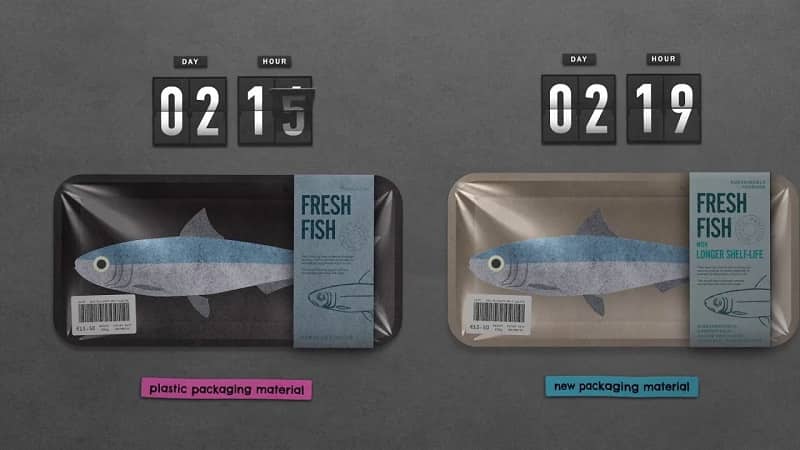
-Hyosung Chairman Cho Hyun-joon leads record-high performance in 3Q 2021 with spandex
Hyosung TNC not only marked record high performance in Q2 with chairman Cho Hyun-joon’s preemptive investment, but also continues its best performance in Q3.
Hyosung chairman Hyun-joon Cho has emphasized “Now that no company can survive in this era without adapting, we must seek innovation and create new values in this time of change.”
The leading global products of spandex led the performance of Hyosung TNC. The strong performance was sustained by the rebounding demand for clothes and diversified composition of garments that adopted spandex, as well as increased sales of PTMG, the main raw material for spandex. The performance was also boosted by Hyosung TNC’s Turkey factory, which underwent a major expansion in August this year, and has been fully operational since then.
The continued surplus of the fabric company’s operating profit was positively impacted by the robust sales of the eco-friendly fabric Regen of Hyosung TNC’s nylon and polyester division.
An industry source said, “Hyosung TNC directly produces and sells its products based on the vertical integration covering raw material PTMG to final products spandex,” and predicted, “The company will continue to maintain its dominant position on the strength of its production networks in strategic locations where there is high demand.”
Following the preemptive investment strategy of chairman Cho, Hyosung TNC has begun to add more equipment for spandex production facilities in Turkey and Brazil from the end of last year. Packaging Recycling Nonwoven Spandex

-ITMA Live series: Innovative Technologies
Panel focuses on current smart textiles trends and developments, and their impact on textile manufacturing technologies.
The second season of ITMA Live, a content series created to support the ITMA exhibition was launched recently. Comprising four industry discussions, the new ITMA Live series seeks to offer deeper discussions amongst industrialists on trending topics affecting the global textile and garment industry
The discussions are based on ITMA 2023’s overarching theme of ‘Transforming the World of Textiles’, and its focused areas: Advanced Materials, Automation and Digital Future, Innovative Technologies, and Sustainability and Circularity.
Each of the ITMA Live panel discussions features three industry members with the session moderated by a key media representative. This week’s panel is ‘Innovative Technologies’, which focuses on current smart textiles trends and developments, and their impact on textile manufacturing technologies. The discussion is moderated by Claudia van Bonn, Editor-in-Chief, Textile Technology, dfv media group.
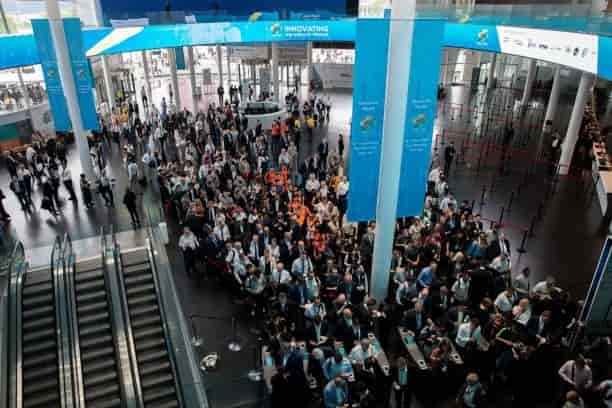
-Husky presents innovations for food, beverage and consumer goods markets at Gulfood
Canada — At Gulfood Manufacturing in Dubai, UAE, Husky Injection Molding Systems showcased innovations to meet evolving trends in the food, beverage and consumer goods markets.
To effectively respond to the various trends emerging out of Covid-19, producers have had to adopt flexible manufacturing processes that enable them to adapt to ongoing changes with speed and certainty. To help its customers achieve this, Husky has worked to provide integrated, agile solutions that offer low total cost to produce, freedom in packaging design and reduced risk. At the show the company presented its versatile PET systems and tooling portfolio covering all application and production needs, fully integrated beverage closure systems, and diverse packaging systems for the industrial, food and consumer goods markets.
Husky also showcased a wide range of food, beverage, and consumer goods applications that can be manufactured in PET. This includes applications produced using its Multi-Layer Technology, which enables packages with innovative design and functional treatments, as well as enhanced shelf appeal. In the field of sustainability and the circular economy, Husky displayed packages produced with increased rPET content, lightweighted bottles, as well as tethered closure designs to meet various packaging legislation that is emerging around the world.
In addition to its suite of food and beverage packaging solutions, Husky offers global support in more than 40 countries and a range of services to keep customer equipment running at maximum efficiency. This includes its Advantage+EliteTM proactive, predictive and transparent monitoring solution.
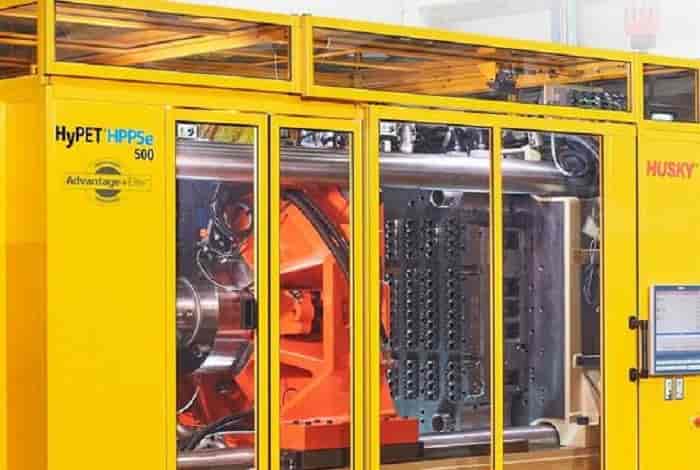
Packaging Recycling Nonwoven Spandex
